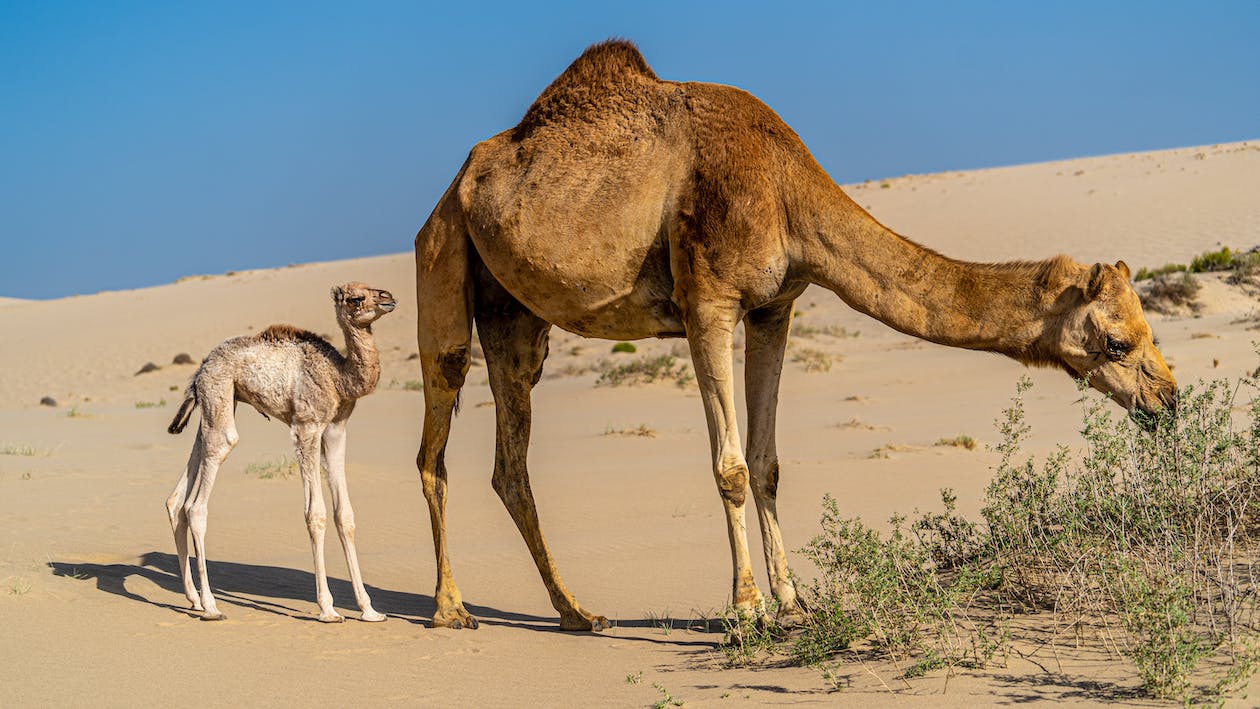There are several kinds of habitat that can be seen in Africa. There are forests, savannahs, and deserts, which pretty much composes a massive chunk of Africa’s landmass.
Like the habitats mentioned above, arid regions also serve as a habitat for both living and non-living organisms. These regions are characterized by their lack of water sources; sometimes it gets so intense it hinders the growth and development of plants and animals. These regions occupy 26-35% of the Earth’s land surface.
In Africa, this habitat is often referred to as semi-arid zones, which is used to define regions that receive little precipitation, but not lower than the desert zones’ precipitation level.
Despite its low precipitation level, several arid regions in Africa can still support various animals and plants. Read further to know more about these areas!
Most Prominent Arid or Semi-Arid Zones in Africa
Kalahari Desert – One of the most famous deserts in the African region, this area is partly desert and partly semi-arid region for its occasional rain. This area extends for almost a million square meters, occupying parts of Botswana, Namibia, and South Africa. Its name was derived from a Tswana word “Kgala,” meaning “the great thirst” or “a waterless place,” in Kgalagadi.
Compared to other African deserts, the Kalahari Desert supports more animals and plants because of its semi-arid quality. Precipitation is observed during summertime, where heat and sunlight are at its extreme.
It is a sanctuary to a variety of flora, including acacia trees, Kiwano fruit, African horned cucumber, jelly melon, and other herbs and grasses.
It also supports a wide array of animals and birds. The Kalahari Desert is home to the wildlife’s most magnificent predators: lions, cheetahs, spotted hyenas, brown hyenas, and Cape wild dogs. Birds such as secretary birds, martial eagles, giant eagle owls, falcons, goshawks, ostriches, kestrels, and other bird species are found.
Other mammals such as wildebeests, springboks, and other species of antelopes are observed in this vast semi-arid region.
Karoo – Just like the Kalahari Desert, Karoo is a semi-desert semi-arid region. It is characterized by its low precipitation level, cloudless skies, and extreme hot and cold climates. This area is famous for its well-preserved dinosaur fossils and other remains from million years ago.
Karoo is divided into two regions: The Great Karoo and Little Karoo.
A variety of fauna can be found in this region. This includes aloes, succulent shrubs, and other spring flowers. Grasses are unusual because of low rainfall.
Different antelope species are commonly found in Great Karoo, such as springboks, blesboks, elands, and quaggas. Wildebeests and ostriches were often found in groups with antelopes. Riverine rabbits, with its population on the brink of extinction, can still be seen in Great Karoo. Meanwhile, the Little Karoo is home to Cape mountain zebras, Burchell’s zebras, and ostriches.
While there were elephant tusks found in the region, there is no evidence that elephants have been seen alive in Karoo. Likewise, it was also recorded that lions formerly inhabited the semi-arid place.
Namaqualand – This arid region is deemed paradise by many people due to its colorful spring flowers. It is also known to have the largest concentration of succulent plants on Earth. Known for its proximity to the Atlantic Ocean, this makes a fascinating tourist spot for both international and local tourists.
But this place is more than just beautiful daisies, lilies, aloes, and other colorful flowers. This semi-arid region is a refuge to one of the smallest tortoises in the world, the Namaqua speckled padloper. Various animals, such as the African wildcat and aardwolf, can also be sighted in this area.
Damaraland – Located in Namibia, Damaraland is often an uncommon wildlife tourist spot. Wildlife is scarce, and the only main attraction that people can see in this area is its arid landscape. Occasional sightings of desert elephants were recorded. Meanwhile, rare sightings of leopards, cheetahs, black rhinos, giraffes, Hartmann’s mountain zebra, lions, and brown hyenas, steenbok, and springboks have been sighted.
International and local tourists can visit this site at any period of the year. However, it is most advisable to go during the dry season (May to October) where animals are more active in hunting for water sources, making them more visible to those who want to go animal tracking.
PARKS WITH ARID VEGETATION TYPES
BOTSWANA
• Central Kalahari Reserve
• Makgadikgadi Pan
NAMIBIA
• Damaraland
• Etosha National Park
SOUTH AFRICA
• Kalahari Gemsbok Park
OTHER VEGETATION ZONES
Desert | Savannah Woodland | Savannah Grassland | Fynbos | Indigenous Forests | Swampland
